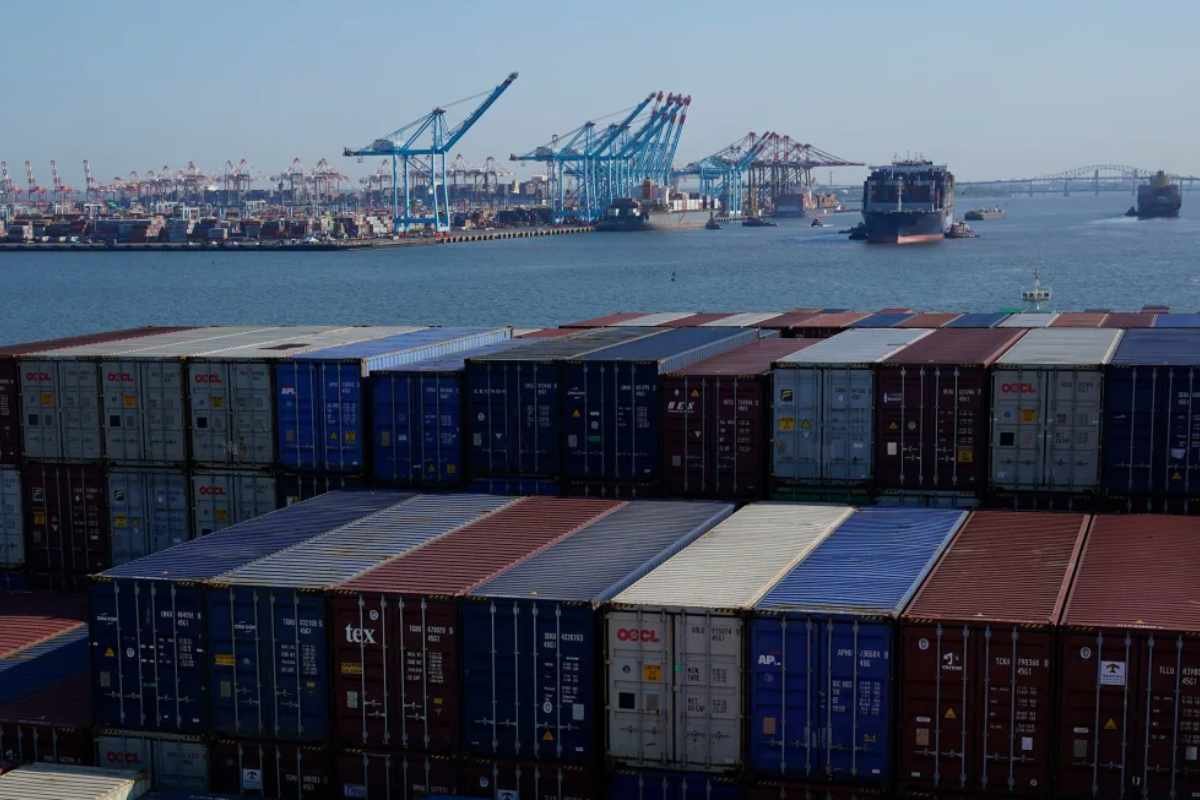Source – edition.cnn.co
Thousands of dockworkers at key East and Gulf Coast ports are preparing to strike early next week, potentially halting trade at gateways that handle around half of all U.S. container shipments. Negotiations between the International Longshoremen’s Association (ILA) and the United States Maritime Alliance (USMX) have stalled, with both parties issuing conflicting statements about their willingness to return to the bargaining table.
The looming strike threatens significant disruptions in trade flows and supply chains, as the ports involved handle critical imports and exports. The standoff has caught the attention of businesses and economists alike, as any prolonged strike could have far-reaching economic impacts.
Key Issues in the Labor Dispute
The ILA, representing 45,000 dockworkers, is poised to strike if a new contract agreement isn’t reached by September 30. This would be the first significant dock strike on the East Coast since 1977, potentially affecting 14 ports from Massachusetts to Texas, including major hubs like New York, New Jersey, and Miami. In total, around 25,000 workers could walk off the job.
The main issues fueling the labor dispute are wages and job security. Currently, East Coast and Gulf Coast dockworkers earn a base wage of $39 an hour after six years on the job, significantly less than their counterparts on the West Coast, who earn $54.85 an hour, set to rise to $60.85 by 2027. The ILA has demanded a 77% wage increase over the next six years to address inflationary pressures. Meanwhile, the USMX has proposed what it calls an “industry-leading” pay hike, though the two sides remain far apart on an agreement.
Job security is also a major sticking point. The ILA is pushing for a complete ban on automation at ports, particularly in crane and container handling, to protect workers’ jobs. The USMX has proposed maintaining existing provisions that ban fully automated terminals while negotiating limitations on semi-automated equipment. Negotiations broke down in June after the ILA accused terminal operators of violating the current contract by using automated gates, further straining relations between the two parties.
Potential Economic Impact of a Strike
The potential strike could disrupt more than 68% of containerized exports and 56% of containerized imports in the U.S., according to industry estimates. Experts warn that even a brief shutdown could result in a significant backlog of shipments, cost the economy up to $5 billion per day, and create logistical bottlenecks nationwide. Goods diverted to West Coast ports or transported by rail may not offset the delays caused by the strike.
Certain industries, such as automotive and pharmaceuticals, could face supply shortages, while refrigerated food products risk spoilage. Additionally, any increase in shipping costs could be passed on to consumers, further complicating the inflation landscape at a time when the Federal Reserve is monitoring labor market trends closely.
While some businesses have already prepared for a strike by importing goods early, the interconnected nature of global supply chains means that even a short disruption could have lasting effects, especially during the upcoming holiday season. Experts caution that even though companies may have stockpiled goods, delays could still impact retailers and consumers alike.


















